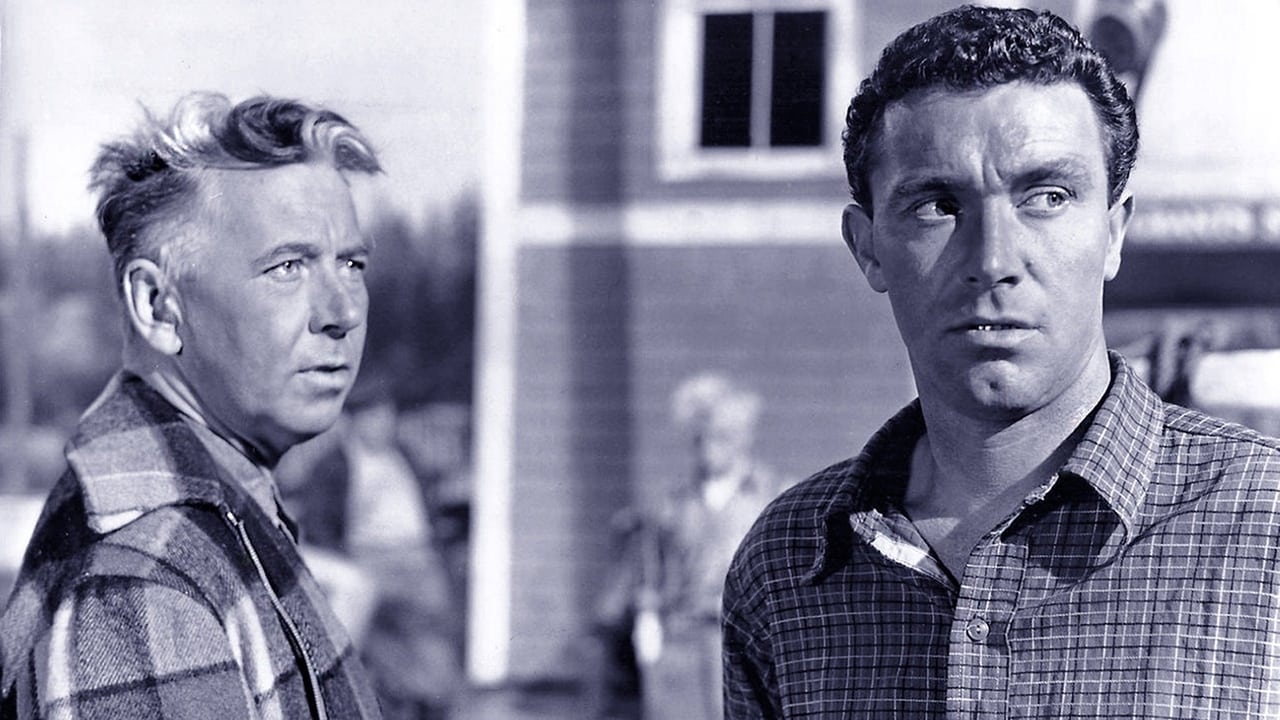

The greatest threat to life actually comes from the water - in the form of storm surge.
#TIDAL SURGE OR HIGH NOON WOW HOW TO#
How to protect your pets - and yourself - during a hurricane.Powerful winds aren't the only deadly force during a hurricane. Here’s what to know about forecast tracks. Tampa Bay Times hurricane coverage 2023ħ lessons for the 2023 hurricane season from Hurricane Ian.“People still need to pay attention, even if this is making landfall north.” “People need to stay alert, listen and listen to any evacuation orders that come from their local officials,” Davis said. Meteorologists are already taking into account these high-tide values in their forecasts.ĭavis said the public should know that a surge prediction like “4 to 7 feet” includes the added effects of tide levels. “It has nowhere else to go, so it just keeps getting higher and higher.” “Storm surge can get a lot worse when it’s piled up onto land,” McNoldy said. “So, you have a double effect there,” he said.Įxperts warn storm surge brings a much higher risk of prolonged flooding on the mainland than on barrier islands. High sea levels would hinder rainwater draining out into the bay. Idalia could drop up to 10 inches of rain in the Tampa Bay area. Mitchum said he is more concerned by what the tides could mean for rainfall and flooding. “It’s looking to me that even with the high tide that we’re not going to be talking about catastrophic storm surge,” he said. This increasing speed of the storm may keep storm surge in check, said Gary Mitchum, a marine science professor at the University of South Florida. Idalia is currently moving at 8 mph and is expected to double in speed as it approaches land. The storm’s angle of approach, the shape of a coastline and the speed of a storm are all important factors, according to NOAA.Ī storm that meets the shore head-on, perpendicular to the coast, can produce a higher storm surge than one that moves parallel to the coast. Ī 12-foot surge was responsible for the majority of deaths during Hurricane Ian last year.īut storm surge is notoriously difficult to predict, according to Brian McNoldy, a senior research associate at the University of Miami’s Rosenstiel School of Marine and Atmospheric Science. Sunday night, the National Hurricane Center increased the surge prediction for the Tampa Bay area to 4-7 feet. This photo shows the current potential storm surge flooding map for south Pinellas, barrier islands and Tampa. The Tampa Bay area risks “dangerous storm surge and heavy rainfall,” regardless of the storm’s projected landfall, according to Ali Davis, a meteorologist with the NWS office in Tampa Bay.

Forecasters predict Idalia will arrive sometime that same day. The peak-high king tide is expected to arrive in St. The National Hurricane Center is now predicting more than 4 feet of surge. In East Bay, that difference is about 3 feet, 6 inches. On its current track, Idalia’s storm surge is poised to break this record, experts say.įor instance: The difference between high and low tide in St. Petersburg was set during Hurricane Elena in 1985 - 4 feet above high tide. “But if it comes in at a high tide, 4-foot surge now is going to be record-setting.” ”If peak surge happens to come in at low tide, and you get a 4-foot surge, maybe it’s only going to be a foot above normal,” Masters said. If the timing of peak surge overlaps with the king tide, storm surge levels could reach a record high. The hour that Idalia delivers its peak storm surge to the Tampa Bay area could signal just how severe flooding will be, according to Jeff Masters, a hurricane scientist formerly with NOAA. Tides are just one factor in storm surge, but researchers say this especially high tide could mean the Tampa Bay area will see increased flooding brought by Idalia.


 0 kommentar(er)
0 kommentar(er)
